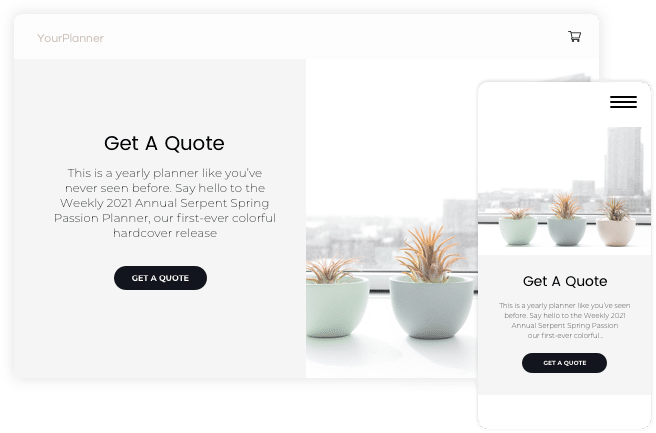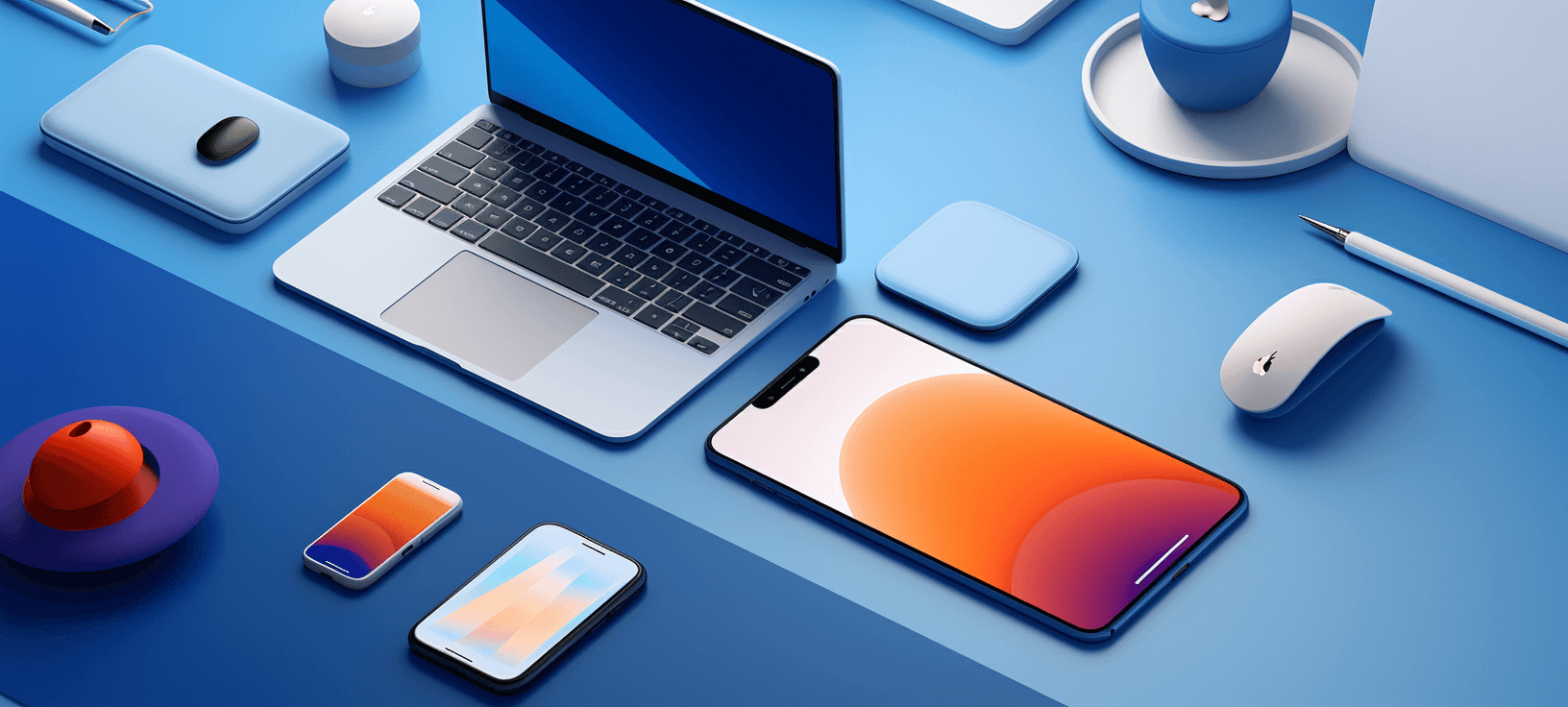Your Digital Success Begins Below: Relied On Website Design Agency at Your Solution
Your Digital Success Begins Below: Relied On Website Design Agency at Your Solution
Blog Article
Discover the Various Kinds Of Internet Style Provider for Your One-of-a-kind Demands
From receptive internet design that adapts to various tools, to e-commerce internet layout that drives online sales, to individual experience (UX) style that boosts customer fulfillment, to personalized web style that brings your vision to life-- the opportunities are countless. Whether you're a small company proprietor looking to develop an on-line presence or an entrepreneur aiming to reinvent the mobile application globe, this conversation will shed light on the different types of web style solutions readily available, aiding you make an informed decision that aligns with your goals.
Responsive Web Style
Responsive website design is a critical facet of modern-day internet growth that ensures websites adapt and display seamlessly across different devices and display dimensions. With the raising use smart devices, tablet computers, and various other mobile phones, it has actually ended up being vital for web sites to be easily accessible and easy to use on any type of screen.
Receptive website design utilizes a combination of flexible grids, formats, photos, and CSS media inquiries to accomplish this flexibility. It permits the web site to automatically adjust its format and material based on the device's screen resolution, dimension, and orientation (web design services). This suggests that individuals can access the site on their desktop, laptops, tablets, or smart devices without experiencing any issues or needing to zoom in or bent on check out the content effectively

E-commerce Internet Layout

With the enhancing need for online shopping, services are currently concentrating on e-commerce web style to develop aesthetically appealing and easy to use web sites that drive sales and boost the customer shopping experience. E-commerce web style incorporates numerous facets such as layout, navigation, product display, and checkout process optimization. These aspects are vital for bring in and preserving consumers, as well as increasing conversion rates.
An effective e-commerce website design starts with a well-organized layout that permits customers to conveniently locate the service or products they are trying to find. Clear and instinctive navigating menus, search bars, and filtering options are important for a seamless surfing experience. In addition, the item screen must showcase top quality images, detailed summaries, and client evaluations to build trust and self-confidence in the item.
Moreover, the checkout procedure must be enhanced for simplicity and convenience. A protected and structured settlement entrance, along with numerous repayment options, makes certain a smooth deal for the customer. In addition, integrating features such as visitor checkout, order monitoring, and individualized recommendations can boost the overall purchasing experience.
User Experience (UX) Layout
Individual Experience (UX) Style plays an essential role in developing appealing and user-friendly sites that prioritize the demands and preferences of the target audience. It entails developing and improving the total experience that individuals have when interacting with an internet site or app. UX developers aim to improve user contentment by enhancing the use, availability, and effectiveness of the web site.

UX designers concentrate on developing instinctive navigation, concise and clear material, and aesthetically enticing user interfaces. They guarantee that the web site is very easy to navigate and understand, making sure a smooth and delightful user experience.
Along with improving functionality, UX style likewise thinks about the emotional element of individual experience. Designers aim to evoke positive emotions through visual elements, such as colors, typography, and imagery, which add to the total customer satisfaction.
Custom Internet Layout
Personalized internet style includes producing tailor-made and unique internet sites that are especially made to satisfy the private requirements and requirements of a business or company. Unlike pre-designed themes or common site designs, personalized website design uses an individualized method that reflects the brand name identification, values, and objectives of the client.
With customized website design, every aspect of the website is meticulously crafted to line up with the client's purposes. This includes the format, shade scheme, typography, photos, and general customer experience. The style process starts with an extensive understanding of the client's service and target audience, permitting the web developer to establish a website that successfully communicates the customer's message and engages individuals.
One of the crucial benefits of custom-made internet style is its adaptability. As the site is constructed from the ground up, the internet designer has total control over its functionality and functions. This makes it possible for the integration of any kind of desired personalizations, such as shopping performance, web content management systems, or interactive aspects.
In addition, custom website design ensures that the web site is maximized for search engines, making it a lot more noticeable to potential customers. By carrying out search engine optimization best methods, such as appropriate keyword positioning and meta tags, the website can achieve higher rankings in internet search engine outcomes.
Mobile App Design
Mobile app style includes developing visually appealing and easy to use user interfaces for applications that are especially made for smart phones. With the increasing popularity of smartphones and tablets, mobile app style has ended up being an important element of electronic item advancement.

Aesthetic charm is also vital in mobile application style. The use of shades, typography, and images can create an aesthetically pleasing user interface that catches the user's focus and improves their overall experience. In addition, including brand components and preserving consistency with the company's visual identity can assist establish a solid brand visibility within the app.
Mobile app style also entails thinking about various technological aspects, such as tool compatibility, efficiency, and responsiveness optimization - website design agency. It is necessary to ensure that the application works seamlessly throughout various gadgets and running systems, offering a regular experience to all users
Final Thought
To conclude, there are different kinds of web style solutions readily available to provide to different needs. Responsive website design makes certain a smooth experience across different devices, while shopping website design focuses on creating on-line purchasing platforms. User experience design intends to improve user satisfaction by improving usability and ease of access. Custom-made internet design offers tailored options to fulfill details requirements, while mobile application design concentrates on producing straightforward mobile applications. These varied alternatives permit companies and individuals to select the most appropriate website design service to satisfy their special requirements.
From receptive internet style that adapts to different tools, to shopping web design that drives online sales, to customer experience (UX) style that improves customer satisfaction, to personalized internet style that brings your vision to life-- the possibilities are countless.An efficient ecommerce web layout starts with a well-organized format that enables users to conveniently discover the products or solutions they are looking for. The style process starts with an extensive understanding of the client's organization and target audience, enabling the web developer to develop an internet site that successfully communicates the customer's message and engages customers.
Responsive internet style makes certain a smooth experience across various devices, web design company while ecommerce web style concentrates on producing on-line shopping systems. Custom internet design uses customized options to fulfill particular needs, while mobile app style focuses on producing straightforward mobile applications.
Report this page